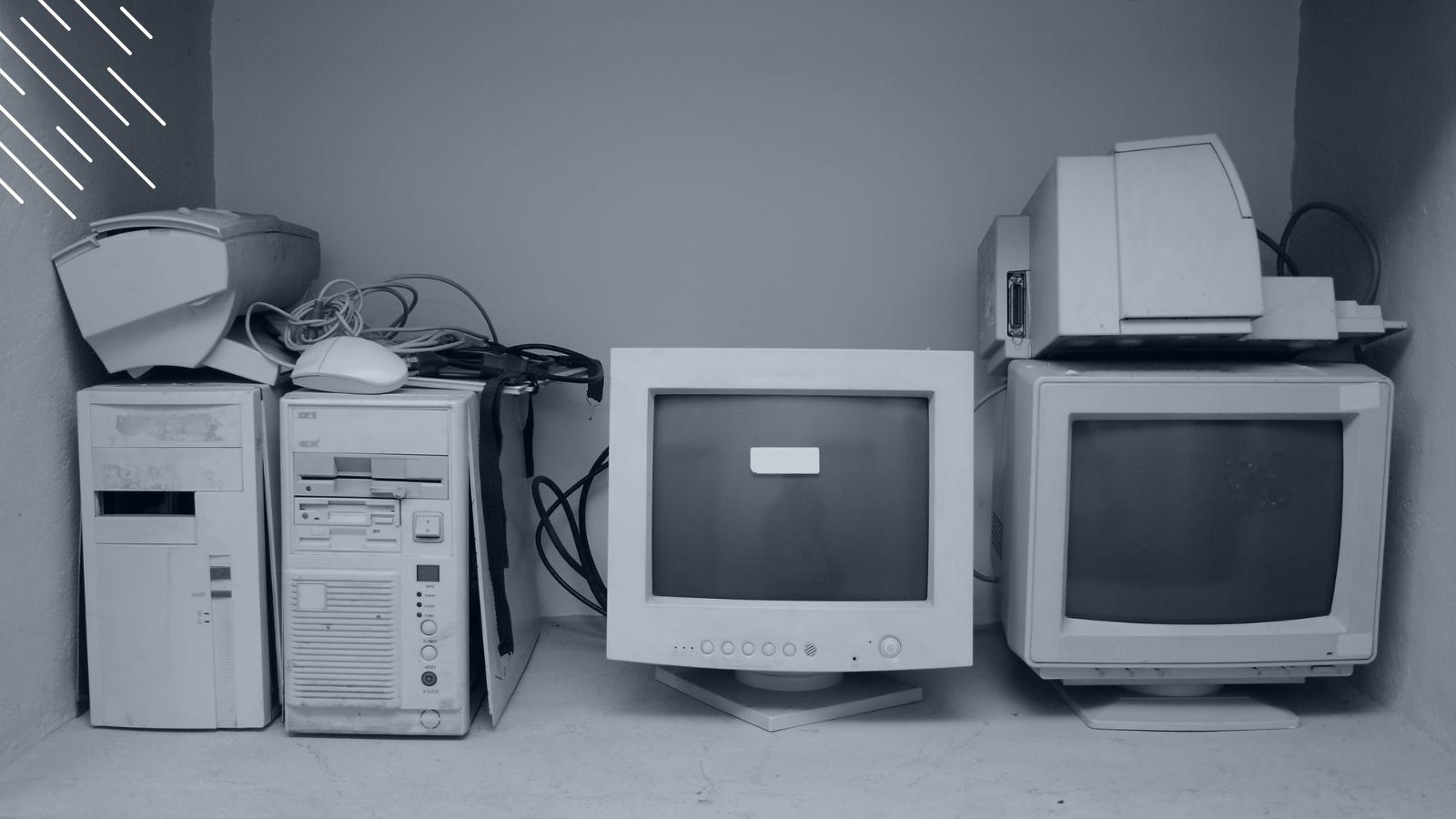Windows 11 hardware readiness: How you compare to the world’s leading enterprises
June 29th, 2023
3 min read
By John Garner

Although migrating to Windows 11 from Windows 10 isn't going to be much different than upgrading from Windows 10 to Windows 10, there is one snag that could hold a lot of organizations back longer than expected: devices (and virtual machines) must meet strict minimal hardware requirements to be able to move to Windows 11. Many organizations are trying to determine
- How much of their estate will be incompatible and why, and
- Which migration path each device should take given its current level of compliance or future compliance
In this article, we will discuss our findings after having tested more than a million devices as part of our Windows 11 Assessment Service. We will show you what small, large, and very large organizations should expect in the hopes of helping you better plan a fast and smooth migration program that maximizes cost, time, and resource savings by optimizing your device migration paths.
How many devices meet the Windows 11 hardware compatibility criteria?
There is much good news. Our studies have found that, on average, 79% of all devices are compatible and only 21% require a hardware refresh. As to be expected, there are some differences by organization size. Very large organizations have a lower number of compatible devices (75.3%) compared to large (82.9%) and small (96.4%) organizations.

The most valuable insight our customers are reporting back to us is the ability to plan budget requirements for the OS upgrade. For some customers, the information is ammunition to justify the additional spend required to replace any incompatible devices outside their standard Hardware Lifecycle Process. Forewarned is forearmed!
Why are devices not compatible with Windows 11?
As a reminder, to be eligible for automatic upgrades to Windows 11, a device must meet the following minimum prerequisites:
- 1 GHz processor with two cores on a compatible 64-bit processor or system on a chip (SoC)
- 4 GB of memory
- 64 GB of available disk space
- DirectX 12 compatible graphic card with a WDDM 2.0 driver
- UEFI, Secure Boot capable
- TPM (Trusted Platform Module) 2.0
- High-definition display (720p), 9" monitor, 8 bits/color channel
- Internet connection
.png?width=1000&height=563&name=Windows%2011%20Hardware%20Compatibility%20(3).png)
Let's have a look at why devices were incompatible. It is important to point out that a lot of devices had more than one reason to not be eligible for an automatic Windows 11 upgrade. Of the 21% of devices that were not compatible, more than half (59%) of the machines had a CPU that didn't meet the minimum requirements, making it by far the most common reason those devices couldn't be upgraded.
About 29% of machines were blocked by the OS version they were running (we track this statistic and mark any device that is compatible for hardware but incompatible on the Windows 10 OS version for in-place upgrade). Another 9.2% of devices did not meet TPM requirements. Finally, only a tiny fraction of devices didn't meet the requirements regarding HDD or RAM size.
What are the most likely Windows 11 upgrade path options?
Now that we know that on average, we need to replace about every fifth device, let's have a closer look at the possible upgrade options in greater detail.
Most devices will be upgraded in place
Thanks to successful Windows 10 Servicing, most organizations have their devices on a recent version of Windows 10. In fact, out of the one million devices we looked at, only a tiny fraction (2.5%) were still running Windows 7. 62.5% of all devices were eligible for in-place upgrades. For very large enterprises, this drops to 57% while large organizations can upgrade 67% of their devices this way. Note that some organizations might still choose to do a wipe & load for reasons of system cleanliness and start with a fresh slate.
.png?width=1600&height=900&name=Windows%2011%20Hardware%20Compatibility%20(1).png)
Hardware refresh is the second most likely option
In distant second place is having to do a hardware refresh for all your incompatible devices. On average, these account for 21.1% of your devices. Broken down by size of organization, very large orgs are looking at 24.7% of devices while large companies will only have to replace 17.1% of their hardware and small companies will only have to replace 3.6% of their machines.
Only about 10% of devices will need to be upgraded through wipe & load
Finally, let's have a look at the wipe & load option. Theoretically speaking, only 9.1% of all devices we looked at (9.7% for very large, 11.3% for large, and 6.5% for small organizations) will need to be upgraded through wipe & load. These devices meet the minimum hardware criteria, but the Windows version they currently run on is too old to make them eligible through an automatic in-place upgrade.
Please note: The remainder of the devices we assessed that are not upgraded through in-place upgrades, wipe & loads, or hardware refreshes are done via VM provisioning. It is important to note that some virtual machine platforms do not support TPM 2.0 so for organizations in this position, please plan ahead as it will be a major change.
Conclusion
In summary, it is important for organizations to assess their current hardware to guarantee a successful Windows 11 migration because devices must meet certain minimum hardware requirements to be eligible for the upgrade. On average, 79% of all devices are compatible and only 21% require a hardware refresh. Once compatibility is established, organizations must then decide whether they want to upgrade their devices in place or via wipe & load. Most commonly, devices are not compatible due to their CPUs not meeting the minimum requirements.
Juriba helps leading organizations solve Windows 11 migration problems. Want to get the same level of insights and much more about your own IT estate to start a fact-based and immediately actionable plan and the confidence that when you push the button, migration will be smooth? Sign up for our accelerated Windows 11 Assessment today!
An independent HP DDMi Consultant with over 15 years IT experience in FMCG, Telecoms, Health and banking environments. A logical thinker with excellent interpersonal skills and an extensive knowledge of Asset management, network protocols, business systems, Configuration and analytical toolsets. With a broad understanding of project management and outstanding technical capabilities in HP DDMi I can undertake any implementation from conception to completion.












